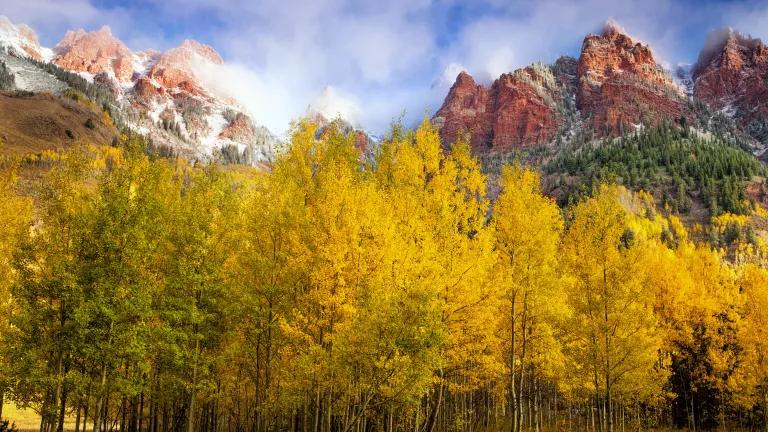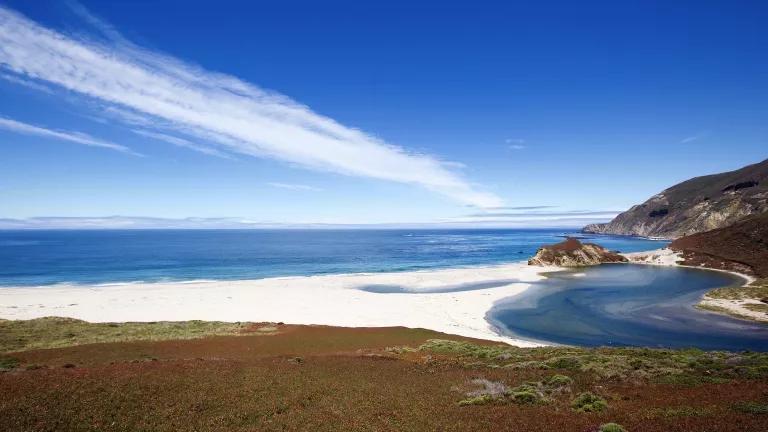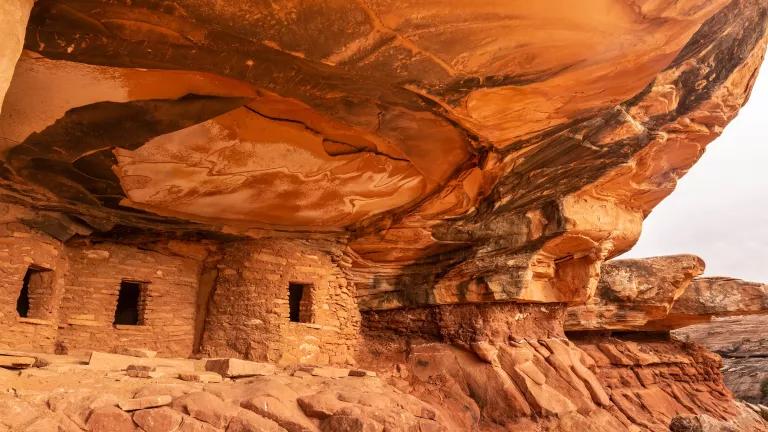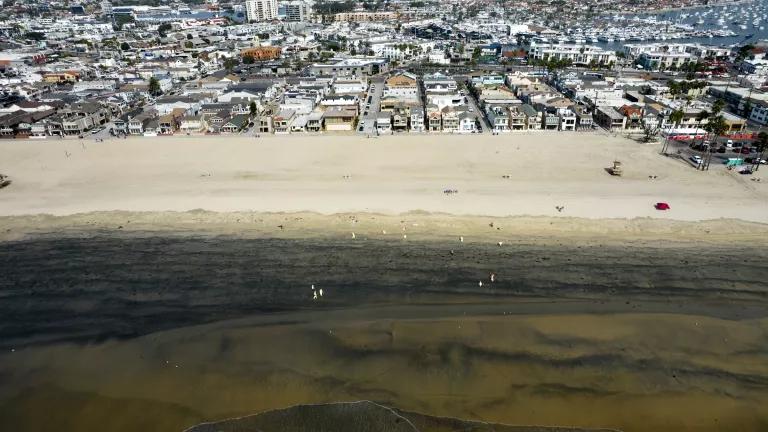Saving Nature to Save Ourselves
Congress acts to connect land, water, and communities to reach 30x30.

The House of Representatives is poised to vote on H.R. 803, Protecting America’s Wilderness and Public Lands Act. The bill is a package of locally-driven conservation efforts that can help achieve the commitment that President Biden made in his Executive Order on Tackling the Climate Crisis to conserve at least 30% of our lands, waters and oceans by the year 2030. Such action will help address the climate crisis and preserve biodiversity at the same time.
What is 30x30?
To stop the loss of nature and address the climate crisis, scientists say we need to protect 30% of the earth’s lands and waters by 2030, with the ultimate goal of keeping 50% of the planet in a natural condition. In the United States, only 12% of land is currently protected. Many of these lands exist in isolated fragments, surrounded by human development.
To save 30x30, we need to take action that prevents mass extinction, mitigates climate change while also bolstering resistance to it—all at the same time. Protecting more for nature will preserve the integrity of ecosystems on which we all depend. It will provide safe havens to help wildlife adapt to climate change and sustain natural systems that store carbon, such as forests, wetlands and grasslands.
How does H.R. 803 help?
Bringing together eight locally-led conservation efforts, H.R. 803 designates roughly 1.5 million acres of public land as wilderness and incorporates more than 1,200 river miles into the National Wild and Scenic Rivers System. The bill would also withdraw more than 1.2 million acres of public land from new drilling and mining, ensuring that iconic landscapes like the Grand Canyon and Colorado’s Thompson Divide are permanently protected for future generations to enjoy.
New wilderness areas include:
- Maroon Bells, Castle Peak and Brown’s Canyon in Colorado
- Black Butte River, Trinity Alps and the San Gabriel Mountains in California
- Quillayute Watershed, Gates of the Elwha and Moonlight Dome on Washington’s Olympic Peninsula
What more needs to be done?
Wilderness matters, but it is not enough. We won’t do the job we need to do for nature unless we recognize our role within it. To achieve the 30x30 goal we must create policies and incentives that support private conservation in addition to creating new protected areas. Rep. Jared Huffman recognized this in designing Title II of the bill together with former Sen. Kamala Harris who introduced it in the Senate in the last Congress. This section of H.R. 803 promotes collaboratively developed projects designed to encourage forest restoration and sustainable economic development.
Moreover, as we manage our public lands with future generations in mind, we must incorporate the wisdom of the Indigenous people who have held them sacred for generations. Rep. Raul Grijalva’s Grand Canyon protections recognize this. Among other things, these provisions help protect the Redwall-Muav aquifer and Havasu Creek, the sole water source for the Havasupai Tribe.
The challenges facing our nation and its public lands are big. We need all the wisdom we can get to solve them. Indigenous knowledge, along with Western science, can lead the way. As the Bears Ears Tribal Coalition recognized in its monument proposal, “The enterprise of honoring and using both bodies of thought and experience, and thus mediating across knowledge systems . . . can both enrich on-the-ground conditions and produce cutting-edge research for land managers everywhere.”
H.R. 803 makes a down payment on what we need to do to protect 30% of our nation’s lands and waters by 2030. May we find the strength and understanding to work together to finish the job.



